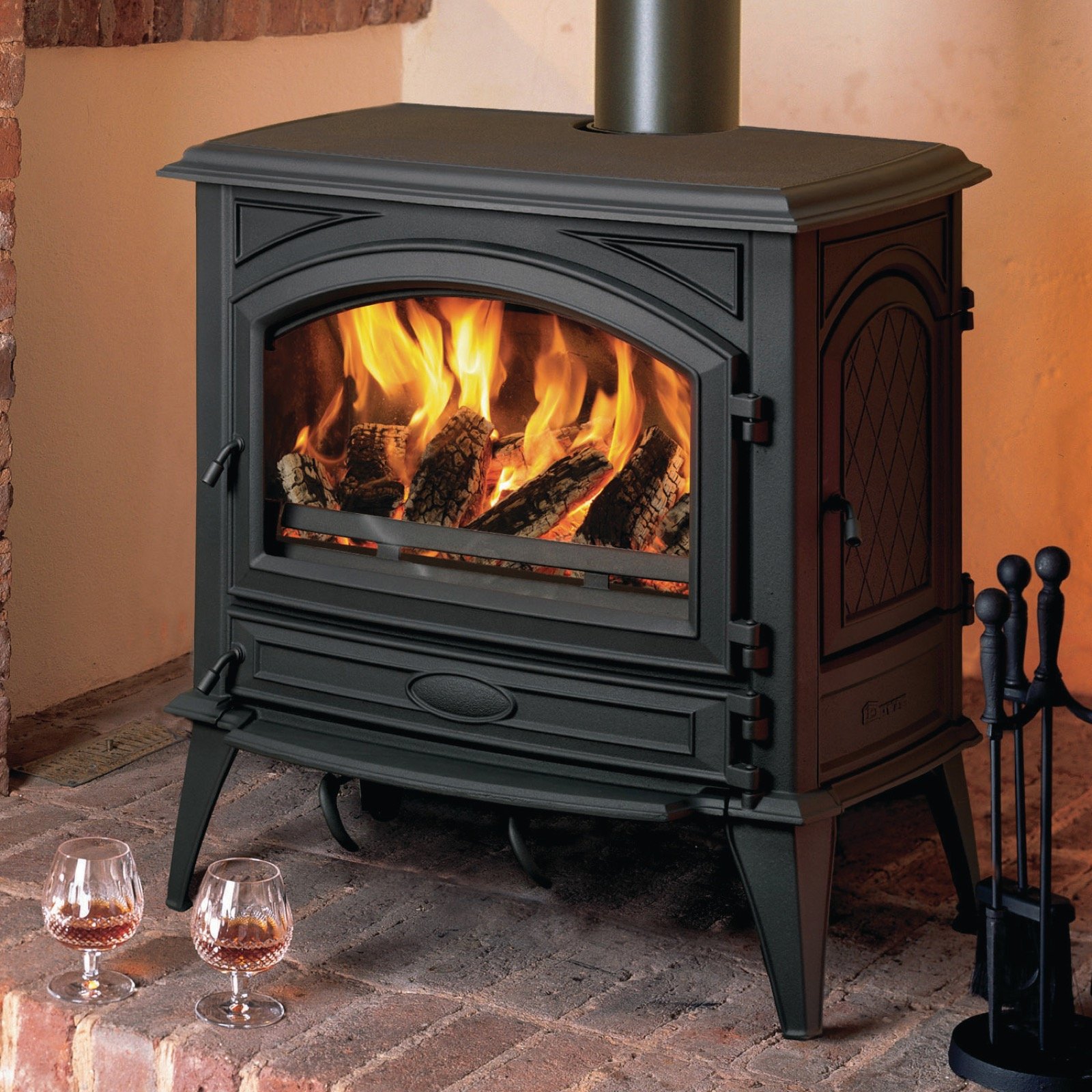Replacing your stove can be a highly impactful choices you face for your kitchen. Whether you're a foodie or someone who simply relies on a trustworthy appliance, understanding the details of stove installation is essential. This is where professionals come into play, providing their knowledge to guarantee a smooth transition and maximum functionality of your new appliance. With a variety of options to choose from—from gas to electric—knowing how to navigate this process can enhance not only your kitchen experience but also your cooking experiences.
In this definitive guide to stove installation, we delve into what every owner of a home needs to know. We'll cover important differences between gas and electric stoves, how to ready your kitchen for a new installation, and mistakes to avoid. Additionally, we'll provide insights on safety practices, adhering to local regulations, and the importance of hiring a professional. Whether you are upgrading to a bigger stove or simply replacing an outdated model, our comprehensive approach will empower you to make informed decisions while transforming your kitchen into a place that encourages cooking and creativity.
Selecting the Ideal Cooktop for Your Home
When it comes to selecting the right stove for your kitchen, comprehending your culinary habits and needs is essential. Gas and electric cooktops both offer individual advantages and features. Gas cooktops provide immediate heat adjustments and a classic cooking feel, making them popular among cooking professionals and home cooks alike. Conversely, electric cooktops are known for their sleek design and easy-to-clean surfaces, suitable for those who prioritize ease of use. Moreover, induction cooktops are increasingly favored for their energy efficiency and safety features, giving homeowners additional options than ever.
Prior to deciding on a decision, consider the configuration of your cooking space and current infrastructure. An upgrade may be needed for gas appliances, such as making sure adequate gas lines, while electric cooktops might need an inspection of the electrical system. Understanding your cooking space may guide your choice between standalone and slide-in options, both offering unique benefits in terms of appearance and installation needs. Compatibility with cabinets and general design of the kitchen should also affect your choice.
Finally, it is crucial to evaluate the cost implications and potential upgrades. Although initial costs can differ, think about long-term energy efficiency and upkeep costs as well. Some home owners may find that investing in premium brands not only enhances their cooking experience but also ensures longevity and ease of installation. Thus, researching https://stoveinstallationnearme.co.uk/ , comparing features, and considering installation needs will guide you for making an informed decision customized to your cooking style.
Getting Ready for a Efficient Installation
Preparing for a efficient stove setup begins with a detailed assessment of your kitchen space. Take measurements of the area where the stove will be placed, ensuring there is plenty of room for the replacement appliance. Examine for the necessary electrical outlets or gas lines, and confirm that your kitchen can accommodate the stove's size. This preemptive approach helps prevent any last-minute adjustments that could delay the installation process.
Subsequently, it is essential to consider the type of stove you plan to install. Whether you are opting for a gas, electric, or induction stove, each has distinct requirements that can impact the setup. For gas stoves, ensure that your kitchen has proper plumbing and ventilation, while electric stoves may require a separate circuit. Familiarizing yourself these requirements can help streamline the installation experience.
To wrap up, preparing your kitchen for installation involves removing the area around your current stove and relocating any obstacles. This includes shifting kitchen utensils and furniture that may hinder access. Additionally, take into account any precautions that need to be taken, such as turning off gas supplies or electricity if necessary. By creating a tidy and open workspace, you set the stage for a successful installation.

Safety Protocols and Regulations
When putting in a new stove, safety should always be the top priority. For gas stove installations, it is essential to check for any gas leaks after the setup is complete. Using a simple soap and water blend on the connections can help reveal any fleeing gas fumes. Additionally, homeowners should ensure adequate ventilation in the kitchen to avoid the buildup of dangerous gases. This may require installing a range hood or ensuring current ventilation systems are functioning properly.
Compliance with regional stove installation codes and obtaining required permits is vital. Each municipality has specific regulations that regulate stove installations, particularly for gas appliances. Property owners should check with regional building departments to secure the required permits and comprehend code requirements. Ignoring these regulations can lead to penalties or necessitate costly revisions to the installation.
Lastly, hiring a contractor for stove installation significantly minimizes the risk of incidents and ensures compliance with safety regulations. Professionals are trained to handle different types of installations and are knowledgeable with the best methods regarding safety and local codes. They can also provide valuable insights about maintaining the stove, further enhancing safety and efficiency in the kitchen.
